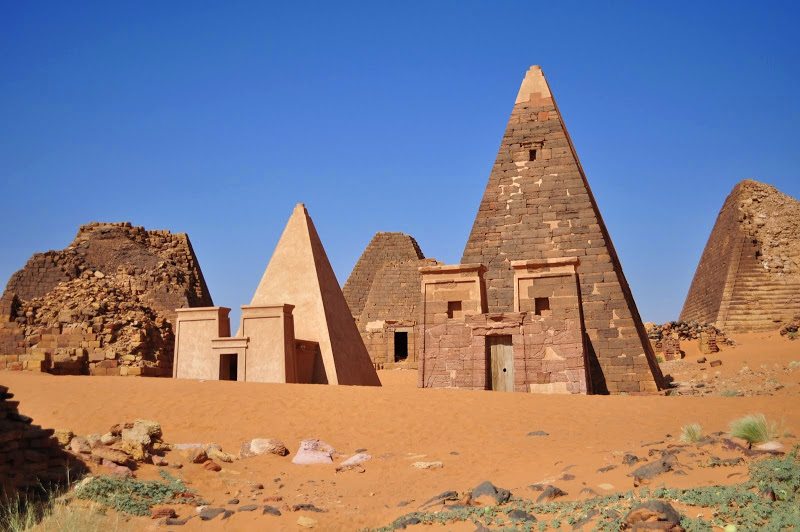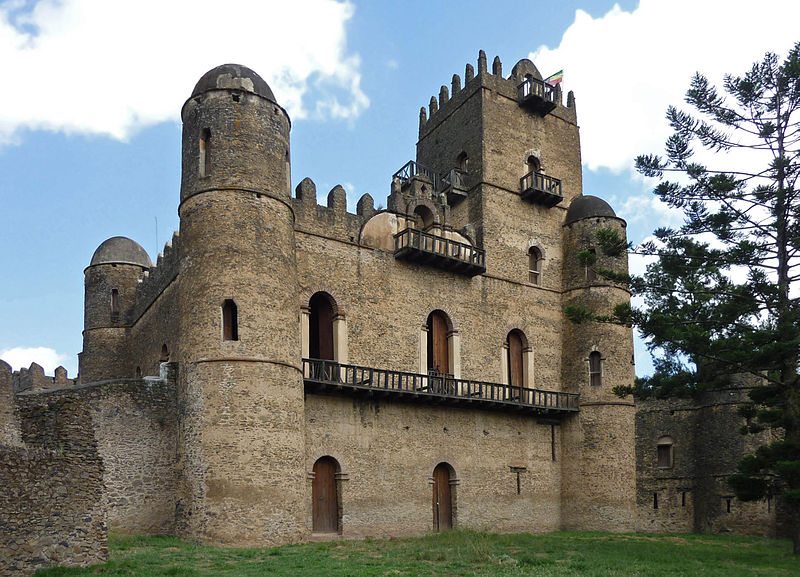African Architecture
Episode #4 of the course “Brief history of architecture”
African architecture is as diverse as the cultures of Africa. Recent discoveries of stone structures in southern Africa are argued to be the earliest human-made buildings on the planet, dating back 75,000 years. The Soninke people of pre-historical Ghana had (now anonymous) architects who carved stone masonry settlements and worked with copper as early as 2500 BCE.
Perhaps the most well-known architectural wonders of Africa are those in ancient Egypt, including the monumental obelisks, the pyramids at Giza, and the Great Sphinx from the period between 2,000 BCE and 100 CE. However, other kingdoms of ancient northern Africa rivaled the architectural wonders of the ancient Egyptians, and the peoples of western and southern Africa exhibited styles uniquely theirs.

The Great Sphinx of Giza
Ancient Egyptians were rivals with their neighboring country, Nubia, until taking it over in 1085 BCE and creating the kingdom of Kush. The new kingdom began to display its wealth, power, and influence by erecting a number of pyramids and monuments; in turn, this spawned a new period of building in ancient Egypt. Nubia’s pyramids double those in Egypt and were erected for kings and queens over a period of nearly 700 years.

Nubian pyramids
In Ghana, West Africa, and Ethiopia, tombs and monuments dating back as early as 1000 BCE were erected from carved stone. Often, entire temples would be carved from a single block of rock, such as in Tigray. It was common for most buildings to be created from local materials, such as timber, mud-brick, or limestone. One of the trademarks of Aksumite architecture was construction from layers of mud and wood in a unique design that came to be known as “monkey head” support beams.

Church of Abune Aregawi, Debre Damo, Ethiopia

Fasiledes’s castle, Fasil Ghebbi, Gonda
As part of the Roman Empire, north African countries took on Roman engineering influences by building amphitheaters, public baths, and palaces. Africans began using marble and Roman arches. During the first millennia CE, African art and architecture was heavily influenced by Christian and Muslim traders, conquerors, and settlers. Throughout northern Africa and as far west as Morocco, Islamic architectural design influenced traditional African buildings. By 1000 CE, Mosaic-tiled mosques begin to appear in African cities alongside stone Christian churches.
Learn Something New Every Day
Get smarter with 10-day courses delivered in easy-to-digest emails every morning. Join over 400,000 lifelong learners today!
Recommended book
“The Complete Pyramids: Solving the Ancient Mysteries” by Mark Lehner
Share with friends

